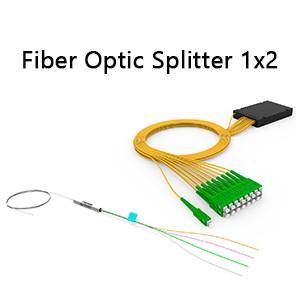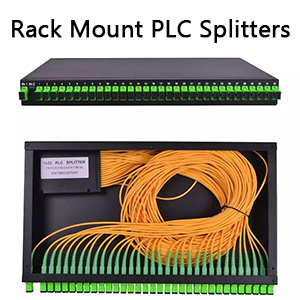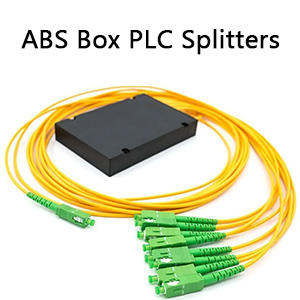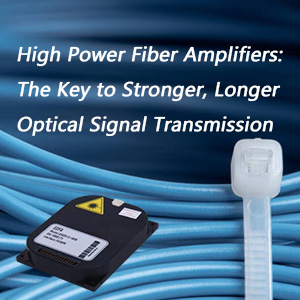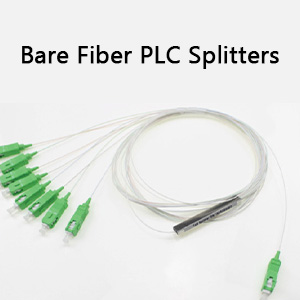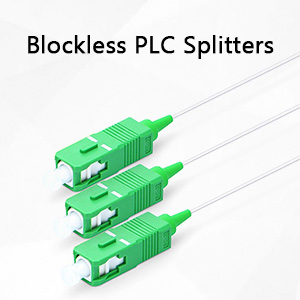Fiber Optic Attenuators, a small device that plays a key role in high-speed optical communication networks, its working principle and production process are of concern to many communication professionals. Imagine that when your network signal is too strong and may cause damage to the receiving end, or when you need to simulate the signal attenuation in long-distance transmission for testing, this little gadget becomes particularly important. This article will show you Understand The Working Principle And Production Of Fiber Optic Attenuators, let’s take a look!
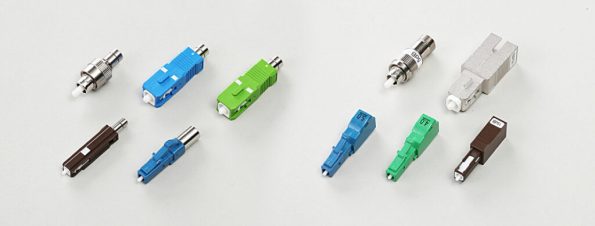
The working principle of fiber optic attenuators
Fiber optic attenuators usually produce attenuation by absorbing light, such as sunglasses that absorb extra light energy. Similarly, a fiber optic attenuators has a working wavelength range that can absorb light energy. At this wavelength, it should not reflect light, as this may cause unnecessary echo reflection in the fiber optic system. Another type of fiber optic attenuators uses a certain length of high-loss optical fiber to reduce the power of its input optical signal, and operates in such a way that its output signal power is less than the input signal power. Reduce the optical power through the absorption, reflection, diffusion, scattering, deflection, diffraction and dispersion of the optical signal.
The role of fiber optic attenuators
The strength of the optical signal received by various optical receiving devices is limited. It needs to be within a certain range. If the optical power is too weak or too strong, the device will not work properly. When the optical power is too strong, the optical attenuations will be used to adjust the optical power to reduce it to the allowable range. Otherwise, even if the equipment can be used, its life will be detrimental.
The loss of optical fiber devices such as optical cables and connectors is continuously reduced, which is less than the designed attenuation. This may cause the optical receiver to receive a large amount of optical power that exceeds its tolerance range, resulting in saturation and distortion. Therefore, in order to reduce the signal received by the optical receiver, it is necessary to use an optical fiber attenuators to control the optical power within a certain range. Therefore, the role of the fiber attenuators is still great. And for fiber attenuators of good quality, you are supposed to choose reliable fiber optic accessories suppliers.
The production of fiber optic attenuators
1. Air isolation technology. The transmission of light in the optical fiber is restricted by the law of total reflection, and cannot be scattered, keeping the intensity relatively stable. Once it is separated from the optical fiber and an air gap is added between the optical fiber and the optical fiber, the light will scatter out, causing light attenuation.
2. Attenuation fiber optic technology. According to the absorption effect of metal ions on light, an attenuation fiber doped with metal ions has been developed, which has the same attenuation coefficient per kilometer as ordinary optical fibers. This attenuation fiber also has a fixed attenuation coefficient, but the attenuation coefficient is not calculated in kilometers, but in millimeters.
3. Absorption glass method. The optically polished neutral absorption glass sheet can also be used in the manufacture of optical fiber attenuators.
4. Displacement dislocation technology. The cores of the two optical fibers are slightly shifted and dislocated to achieve the effect of power loss.

